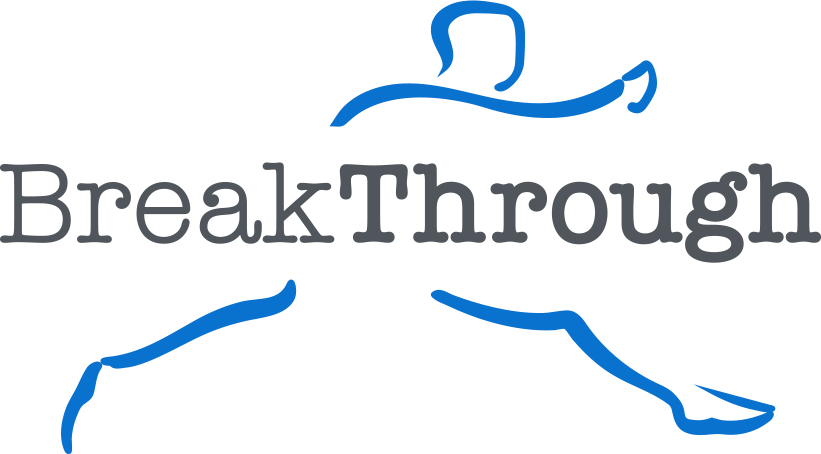by Adrian Masoni, PT, DPT
An integral part of any physical therapy rehabilitation is the home exercise program. Comprised of a set of exercises, stretches, activities, or instructions for the patient to perform outside of the clinic, they complement the treatment received during physical therapy sessions. Unfortunately, compliance with this important aspect of rehabilitation is low amongst patients. Certain studies show as much as 65% of patients are noncompliant or partially compliant with their home programs.1
The building of muscle, flexibility of tissues, and the motor learning for proper function is a process which requires high frequency of practice. In the case of stretching, frequency is especially important. In one study, stretching 4 times per week was 82% more effective than 2 times per week.2 Normally, visits to physical therapy during the course of care will only occur 2 times per week. In order to gain the most out of rehabilitation, adherence to the home exercise program is imperative to meet the frequency needed for an optimal outcome.
Muscle growth is a long process that will take weeks and months of adherence to a specific program in order to gain muscle size and strength.3 Motor control and skill development requires further compliance and effort. Like learning any new skill, there will be components of flexibility, strength, motor planning adaptation, feedback, and neuromuscular control. The ability to orchestrate each of these in order to master a skill takes high levels of frequency with time to develop.
A home program following discharge is important as well. In this phase, a home exercise program is designed to further build on, progress upon and maintain gains made during rehabilitation. While it may be more difficult to maintain compliance when symptoms are low or absent, these programs are designed to create long-term benefit. Adherence to the home program just 4 times per week will lead to significantly lower pain when compared to <3 times per week.4 Successful rehabilitation is not measured solely by the end of care but it is gained with long-term health and the absence of recurring pain, https://thefitnessequation.com/tfestore/soma-carisoprodol/.
Ultimately, a properly designed home program will be reproducible, efficient, target the appropriate tissue, and be enjoyable for the patient. As with the entirety of care, there should be good communication between the physical therapist and the patient to ensure the best choices are made for the home exercise plan. A joint development of the activities to be done will allow greater compliance with the program and more favorable results.
A lack of self-efficacy with home exercise programs is a main contributor to lack of compliance.5 It is important to communicate this to your physical therapist to allow time to review any and all activities and clear any barriers to the completion of the program.
For best results with any rehabilitation plan, high compliance with the home exercise program is vital for the best results in the shortest amount of time.
Adrian Masoni has been a physical therapist since 2008 and is currently practicing at BreakThrough Physical Therapy in Sunnyvale, CA.
References:
- Bassett, S. The assessment of patient adherence to physiotherapy rehabilitation. New Zealand Journal of Physiotherapy 31(2): 60-66.
- Santonja Medina FM, Sainz De Baranda Andújar P, Rodríguez García PL, López Miñarro PA, Canteras Jordana M. Effects of frequency of static stretching on straight-leg raise in elementary school children. J Sports Med Phys Fitness 2007 Sep;47(3):304-8.
- Foss, M.L. and Keteyian, S.J. (1998). Fox’s Physiological Basis for Exercise and Sport. WCB McGraw-Hill.
- Chen H, Onishi K. Effect of home exercise program performance in patients with osteoarthritis of the knee or the spine on the visual analog scale after discharge from physical therapy. Int J Rehabil Res. 2012 Sep;35(3):275-7.
- Sluijs EM, Kok GJ, van der Zee J. Correlates of exercise compliance in physical therapy. Phys Ther.1993 ;73:771–782

